News
New normal: Business events trends to watch
CREDIT: CHRIS LIVERANI, UNSPLASH
Thought leaders from two of Australia’s top event agencies outline opportunities and challenges amid a shifting business
landscape and ever-evolving client needs.
Borders are open and international events have returned to Australian shores. But back to business doesn’t necessarily mean back to ‘normal’ as the undeniable impact of the pandemic-induced shutdown has brought about new ways of sourcing, planning and executing business events.
Sydney Insider recently sat down with Sonja Söderbom, director of destination management at DMC Ovation Australia and DNA Event Management head of events, Jacob Smith, to discuss how trends surrounding procurement, talent, sustainability and customer engagement are dominating the industry’s return.
Inflation bites
The Australian Consumer Price Index (CPI) rose 1.4 per cent in the March quarter, marking a 7 per cent year-on-year increase, according to the latest figures released by the Australian Bureau of Statistics.
“The rising costs of goods and services have necessitated a more careful evaluation of expenses and exploring cost-saving measures,” said Smith. “As a result, negotiating better contracts, seeking alternative suppliers, and optimising resource allocation have become vital in mitigating the impact of inflation on event budgets.”
But given the wide-ranging impact of inflation, Söderbom said clients have become more understanding of price increases when it comes to buying hotels and venues and curating experiences.
“Our job is to ensure [clients] are aware of price changes and increases as soon as they occur as there have been instances where prices have gone up from proposal stage and during the planning process,” she explained.
Staff shortages impact service levels
As events resume, suppliers have adapted to meet new client demands by implementing enhanced safety measures and optimising operations. However, Smith said challenges in meeting the surge in demand persist, particularly in regions where supply chain disruptions in production, transportation and the availability of goods continue.
An industry-wide talent crunch is also hampering the return of live events, largely due to a lack of experienced staff.
“Organisations have had to simplify their processes, improve their delegation methods, and look for new ways to solve problems to meet the demand for qualified employees,” Smith said.
Söderbom warned service levels “are just not at the level they should be, especially when you look at the inflated costs that are sometimes being charged”.
She added: “As a whole, we need to go back to basics in what we promise our clients, what we are able to deliver on and what is realistic in terms of service [that suppliers] are providing.”
When it comes to attracting and retaining talent, both Söderbom and Smith believe opportunities for development, mentoring and knowledge sharing are key, alongside promoting a healthy work culture that values and rewards people.
More flexibility, more networking
To keep pace with shifting market expectations, Smith said clients have adapted how they handle conferences and meetings.
“Businesses are more willing to rethink the standard conference length to create a more stimulating and interactive experience for attendees. As a result, interaction among delegates of different ages and industries is a significant focus,” he said.
“Clients want flexible event structures that may be tailored to their specific requirements,” he added, with hybrid solutions “becoming increasingly popular”.
Sustainability has also become a top priority in the corporate events sector, with clients having “raised their standards” to include ethical event planning and eco-friendly procedures that reduce waste and carbon emissions, Smith said.
ROE or ROI
For years prior to the pandemic, the events industry shifted focus away from ‘ROI’ (return on investment) to instead examine ‘ROE’ (return on experience) as a measure of success. Despite inflationary pressure, this hasn’t changed.
Experience is central to the success of an incentive programme, which often includes a series of specially curated events and activities. Ovation’s Söderbom said ROE and ROI often “go hand in hand”.
“If an incentive programme is done well it can boost sales performance, enhance productivity and achieve amazing results for your business which then hits the mark of return on investment, talent retention and customer engagement,” she said.
Smith believes event agencies will continue to include more immersive and interactive components, utilise technology and “place a premium on personalisation” in order to leave “an indelible impression” and achieve ROE
Business outlook remains optimistic
Both Söderbom and Smith are optimistic about the future of business events.
“We are seeing more programmes taking place with year-on-year growth and, with a busy back-end for 2023, clients are planning and wanting to lock-in programmes for 2024,” Söderbom said.
Meanwhile, Smith sees potential in the increased adoption of AI technologies to help clients streamline processes and free-up more resources (and budget) for events.
“This leaner organisational structure can lead to cost savings and increased profitability, allowing companies to allocate larger budgets per attendee for business events. This presents a unique opportunity for business event agencies to capitalise on,” he said.




